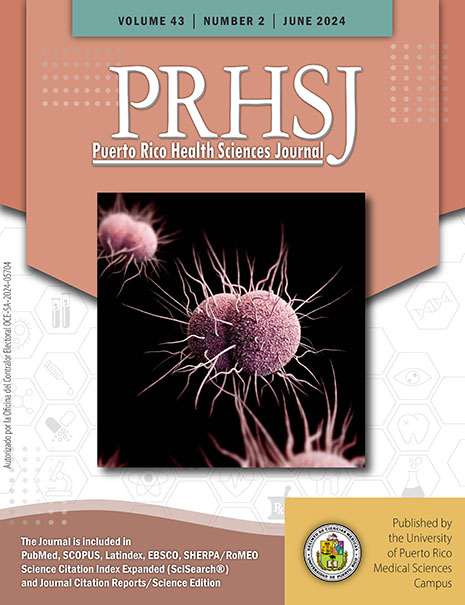Abstract
Objective: Increased mupirocin use leads to mupirocin resistance and is associated with persistence of methicillin-resistant Staphylococcus aureus (MRSA) carriers, prolonged hospitalization, and significant economic burdens for health systems. The study aimed to investigate the antimicrobial activity of compounds of Salvia rosmarinus L. (“rosemary”, formerly Rosmarinus officinalis), alone or in combination with mupirocin, against multidrug resistant MRSA using isolates obtained from pediatric patients. Methods: The in vitro antibacterial activity of the monoterpene α-pinene (α-Pi), a rosemary essential oil constituent, alone and in combination with mupirocin, was evaluated by determining the minimum inhibitory concentrations and minimum bactericidal concentrations (MBCs) and the fractional inhibitory concentration indices (FICIs) and fractional bactericidal concentration indices against multidrug-resistant clinical MRSA strains. The in vivo efficacy of α-Pi, alone and in combination with mupirocin, to eradicate MRSA infection was determined using an optimized mouse model of MRSA-infected wounds. Mouse skin samples (obtained via biopsy) were assessed for toxicity, and rabbit skin samples for irritation. Results: Both in vitro and in vivo, α-Pi was active against MRSA strains and acted synergistically with mupirocin against MRSA strains. Mupirocin–monoterpene combinations exhibited FICI values of 0.2 to 0.4, reducing the MBC of topical mupirocin 33-fold. A topical formulation containing α-Pi and mupirocin enhanced the efficacy of mupirocin in an in vivo MRSA-infected mouse skin model without significantly harming the skin of mice and rabbits. Conclusions: A topical formulation combining mupirocin and α-Pi may aid in the development of innovative agents for treating MRSA infections.
Authors who publish with this journal agree to the following terms:
a. Authors retain copyright and grant the journal right of first publication with the work simultaneously licensed under a Creative Commons Attribution License that allows others to share the work with an acknowledgement of the work's authorship and initial publication in this journal.
b. Authors are able to enter into separate, additional contractual arrangements for the non-exclusive distribution of the journal's published version of the work (e.g., post it to an institutional repository or publish it in a book), with an acknowledgement of its initial publication in this journal.
c. Authors are permitted and encouraged to post their work online (e.g., in institutional repositories or on their website) prior to and during the submission process, as it can lead to productive exchanges, as well as earlier and greater citation of published work (See The Effect of Open Access).
